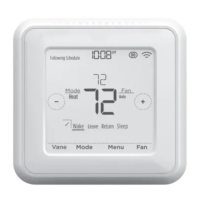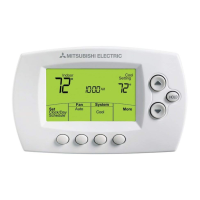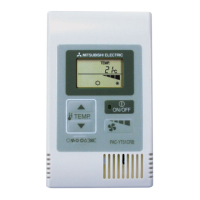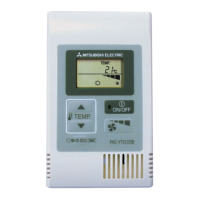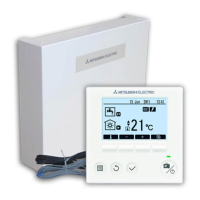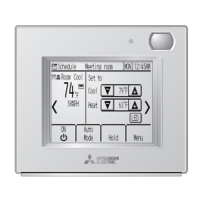Chapter 9
150
Logic programming – Function blocks
Evaluation of more than three inputs
If 4 or 5 inputs are used, up to four Binary decoder function blocks can be combined in
order to encode binary codes with values from 0 to 31.
When using multiple Binary decoder function blocks in combination you have to
configure the Value range option of each function block for the value range it shall
cover. This range depends on the values of inputs D and E.
Input D Outputs
0 0-7
1 8-15
Input E Input D Outputs
0 0 1-7
0 1 8-15
1 0 16-23
1 1 24-31
If Input D and Input E are set to the same value as the Value range parameter
(e.g. if Input E = 1, Input D = 0 and Value range is set to 16-23), the function block
will behave as shown in the truth tables above, depending on the values of inputs A,
B and C and the configured Encoder mode (One out of N or Priority).
If Input D and Input E are set to a lower value than the Value range parameter
(e.g. Input E = 0, Input D = 1 and Value range = 16-23) all outputs are Low
independent of the configured Encoder mode (One out of N or Priority).
If Input D and Input E are set to a higher value than the Value range parameter
(e.g. Input E = 1, Input D = 1 and Value range = 16-23) …
– in One out of N mode, all outputs are set to Low,
– in Priority mode, all outputs are set to High.
Figure 124:
Combination of four Binary
decoder function blocks
Table 58:
Value range of the Binary
decoder function block
depending on input D
Table 59:
Value range of the Binary
decoder function block
depending on inputs D and
E
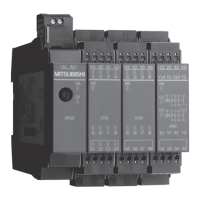
